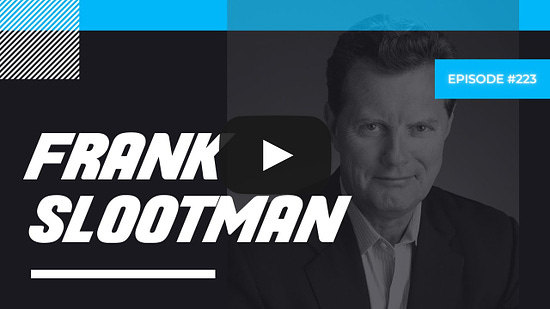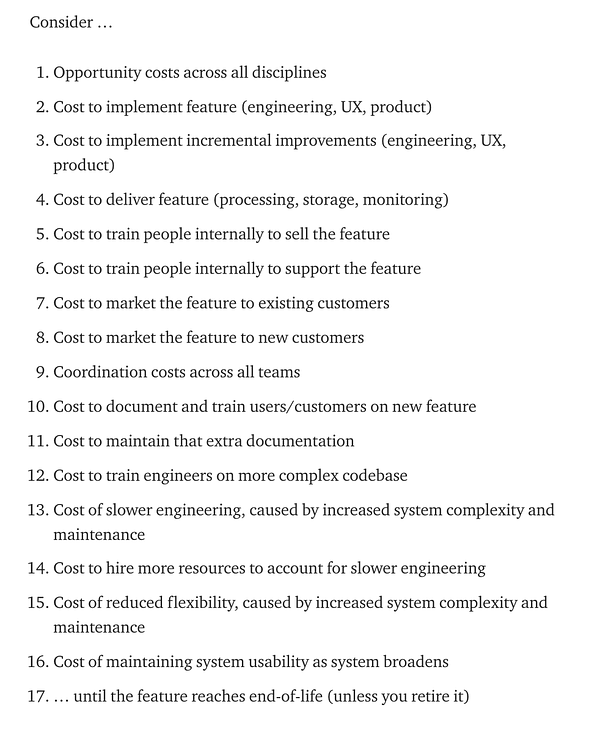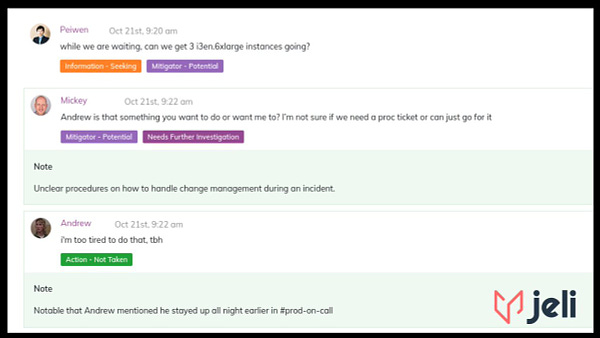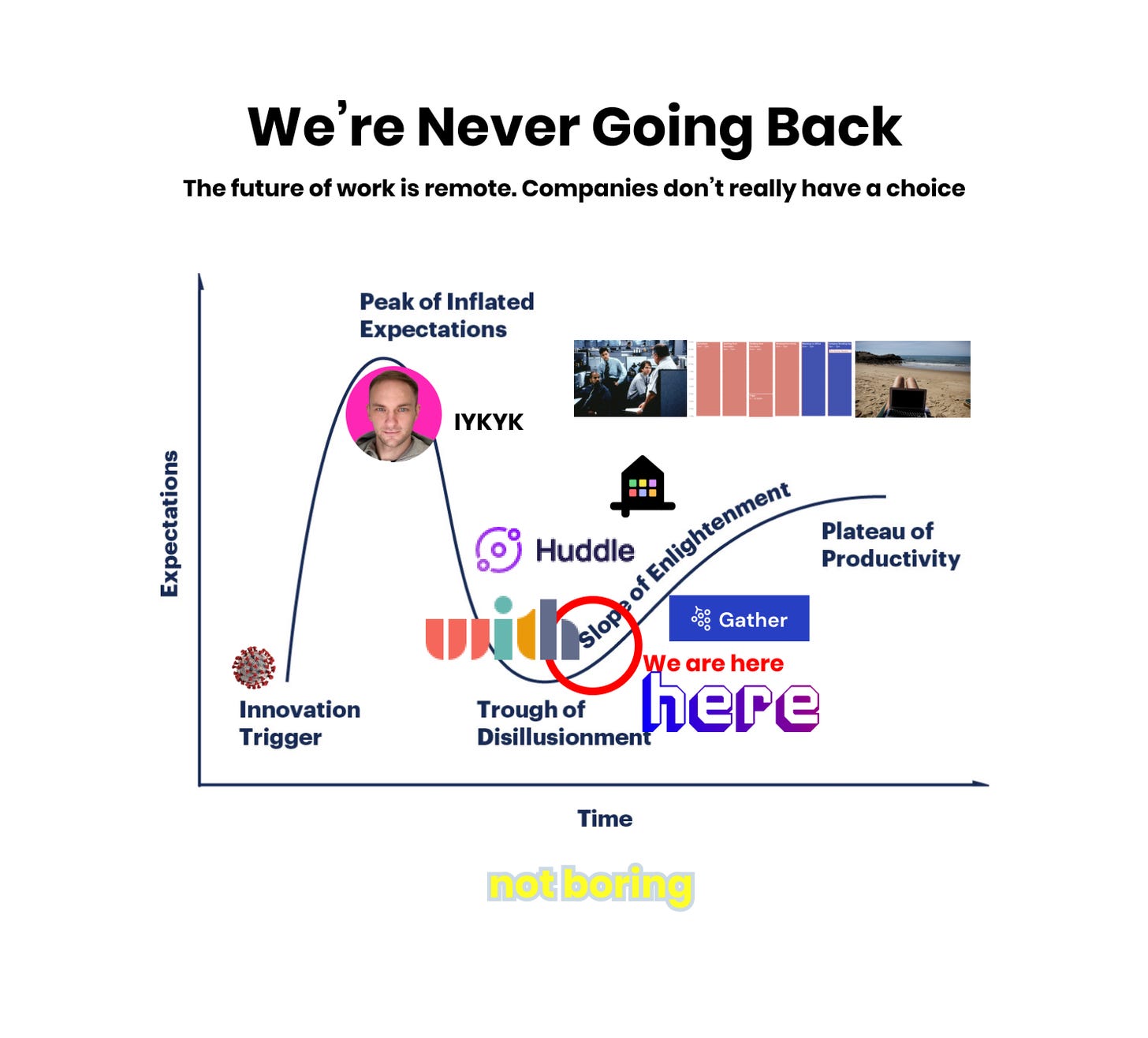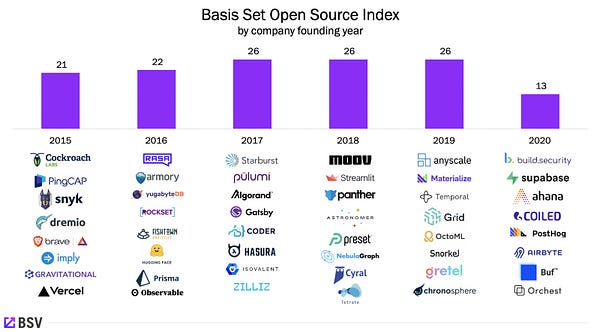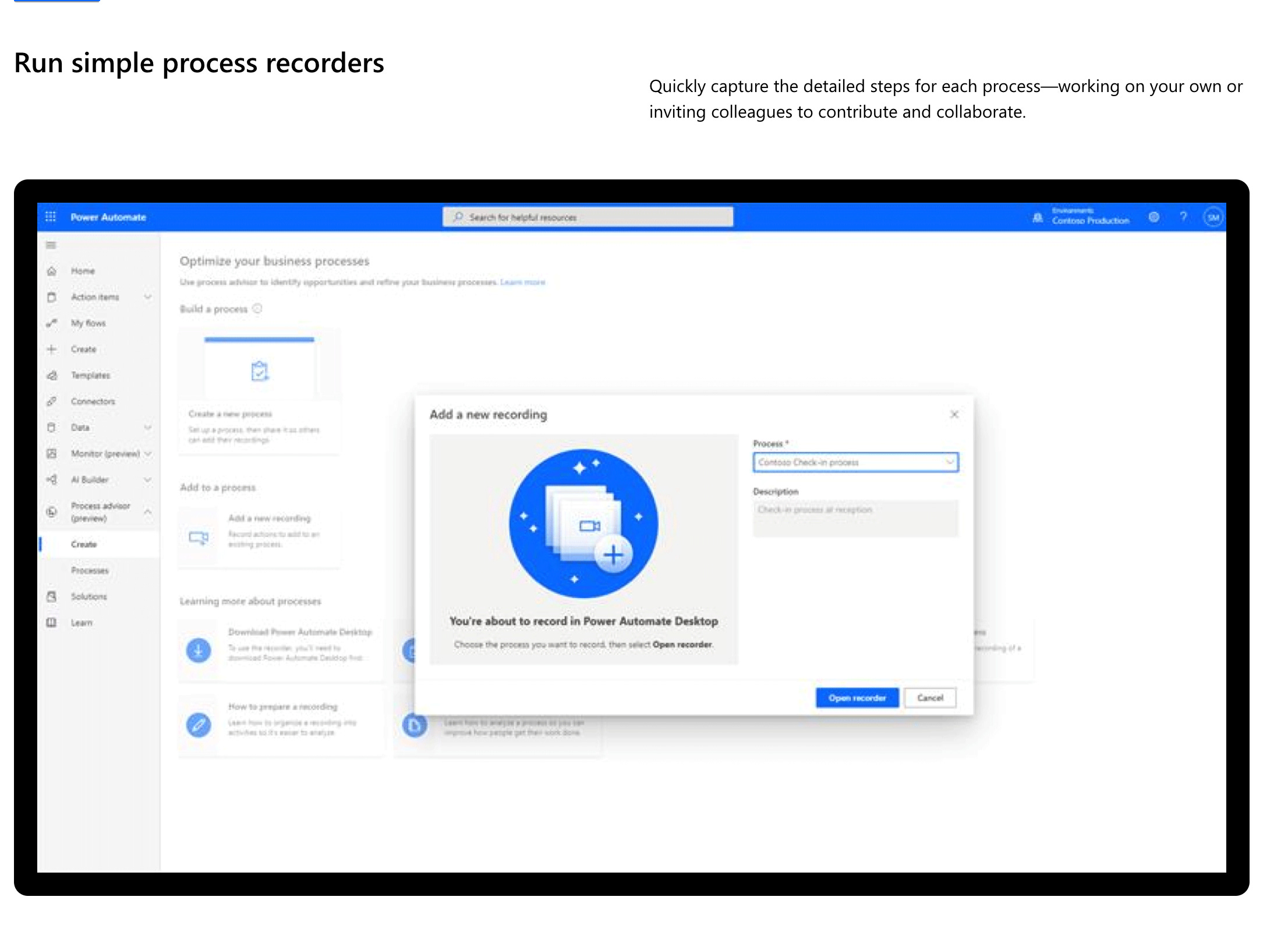While consumer dominated the headlines this week with massive IPOs from DoorDash and Airbnb, one thought was top of mind for me; how investors oftentimes get it wrong in the very beginning and the importance of the long game for founders.
Having the opportunity to meet so many founders who do 🔮 the future, I have to constantly remind myself of the mental model of believing what is possible, by who, and with what unique insight vs. getting hung up on what can’t be done. Trust me, I’ve missed a number of great ones and I’m sure I’ll miss more.
That being said, as a founder, remember you know your business and the market better than us, and keep refining that story. Here’s a reminder from Alex Yampolskiy, co-founder of Security Scorecard, that we were fortunate to partner with at the very beginning.
I ❤️ that he still has that chip on his shoulder. Also remember that new category creation is not for the faint of ❤️; you will get way more 👎🏼 than 👍🏼 in the early days but founders, you know better than us, keep going, and in this case, just left more for us 😃
Another example is how Mikael Cho from Unsplash built the world’s largest free photo community after a few failed experiments (which I was invested in) to over 1 billion downloads a month and a robust API to syndicate Unsplash everywhere (read 🧵).
Finally, Brian Chesky from Airbnb shared this from July 2015:
On June 26, 2008, our friend Michael Seibel introduced us to 7 prominent investors in Silicon Valley. We were attempting to raise $150,000 at a $1.5M valuation. That means for $150,000 you could have bought 10% of Airbnb. Below you will see 5 rejections. The other 2 did not reply.
The investors that rejected us were smart people, and I am sure we didn’t look very impressive at the time.
Patience and persistence matter, a ton!
🙏🏼 for spending some of your precious time reading this and please share with your friends and colleagues.
Scaling Startups
👇🏼Lots of lessons here - must read 🧵
IMO, product and GTM thinking must go hand in hand. If you are thinking bottoms up or PLG needs to be wired in product from day one vs. a top down enterprise motion, for example. Which goes back to the problem you are trying to solve and for whom, yes the actual person and what is best way to reach that persona?
Must listen podcast with Frank Slootman, CEO of Snowflake from @WhatGotYouThere @SeanDelaney23. On building a high performance culture and importance of velocity without burning out team
Reminds me of Paul Graham’s advice on startups product velocity is best indicator of early success and I would add the corollary hiring velocity is a close #2 as if you can’t bring engineers onboard to build and add to team, product velocity slows down…
Features are not free, best products are often reflected by what you choose not to add vs. what you add, John Cutler from Amplitude
Alexander Wang from Scale.ai shares how communication overhead increases as you scale and how you can avoid information compression over time to keep team on same page, stay close to customers, keep 🐶 🥫 product…
The ultimate hack is to not rely on compressions at all. Be an engineer, salesperson, support representative, marketing person, operations associate, and develop uncompressed understandings of how everything works together. That has been the key to every great product I know of.
Enterprise Tech
Congrats to Nora Jones, founder of Jeli, on a successful company launch! I’ve been alluding to the importance of keeping the 💡 on 24/7 and the complexity of distributed systems and really excited that after 16+ months of stealth, Jeli is here as the world’s first incident analysis platform. Here’s more from my partner Eliot Durbin on how we partnered with Nora on day one after having met her at Netflix and stayed in touch through Slack.
It's a great day! We've (@jeli_io ) been quiet for the last year and I am so excited to share what we've been working on to help you learn from your incidents so that you can find opportunities to improve.

While there is so much to unpack on the company launch, I’ll share a few 🔑 ones for founders wanting to announce their seed round which is: don’t announce your seed as folks don’t care, only announce if combined with product launch/release as you don’t want to draw unwanted competition and scrutiny, launch with a customer quote or two to further validate, claim a category to own whether a brand new one or an offshoot of an existing but plant a 🚩 and own a space, provide a customer quote or two, and Techcrunch matters as it repeatedly drives the most traffic from potential employees, customers, investors, and partners.
Here’s more from Jeli’s first customer, Indeed:
One of best essays on remote work by Packy McCormick - We’re Never Going Back
Great 🧵 from Chang Xu at BasisSet on metrics that matter in OSS
Data sharing is the future according to Frank Slootman at Snowflake (Barron’s)
Data sharing is going to be so strategic, so core to data operations. And Snowflake is completely alone in that game today (other than port co Harbr 😃)
You’ve made it easier for companies to share large data sets. Tell us about that.
We have a completely federated orbit at Snowflake. What that means is, if you and I work for different companies and we both have Snowflake accounts, we can share data within seconds. I can expose a data set and give you access. That data object that I just gave you access to shows up as being in your account even though it is not a local object.And why does that matter?
Data sharing will become a core function going forward. It is highly strategic, but historically it has been difficult, because we used FTP, file transfer protocols, which were incredibly onerous, because we were physically copying and replicating data over a network, or we were using APIs [application programming interfaces], which is even worse, it’s like sucking data through a straw.Now I can access data without moving or replicating it—just by pointing at it. By giving you credentials. Think of the relationships retailers have with consumer packaged-goods companies. They move a huge amount of data back and forth. What do you think Instacart does? They need ongoing updates of the inventory of all these stores that their shoppers go to. Data sharing is going to be so strategic, so core to data operations. And Snowflake is completely alone in that game today.
Microsoft upping automation game moving from RPA to now process mining and Celonis territory - this will be a huge battleground over next 2 years, especially as industry leader UIPath will go public next year - more on Microsoft process mining here which starts with their recorder
Nikhil Trivedi shares who’s the next $10 billion SaaS acquisition and it’s Dropbox:
What’s gone wrong for Dropbox? The company’s growth has slowed, to under 20% annually. It has not truly made the go-to-market leap from consumer to enterprise. Its product has stagnated too. Similar to Slack, it has had increased fierce competition, from Microsoft, Google, Box, and others. And finally, its net revenue retention is below 100%, which is a huge issue given the best-in-class SaaS companies have well above 100% net revenue retention.
Yet, Dropbox is close to $2 billion in annual recurring revenue (ARR), profitable, and valued at under $10 billion. It’s got 15 million paid users, and 600 million registered users. It’s the backbone of a lot of people’s work and productivity stack. And I suspect if one dug beneath the surface on retention, one would find that its revenue retention for businesses and teams is much stronger than that for individuals — indeed, this was the case at its IPO. David Sacks wrote a fantastic piece this week on how important it is to parse out individuals vs. teams when evaluating SaaS companies.
IMO Front could be one on the horizon as well (a portfolio co) - read Inside the $1.3 Billion Startup Slackifying Email
Front is like Slack for email. It is a multiplayer tool that lets teams better communicate—via chatting with other team members within the context of a personal or shared inbox—and coordinate—via tagging, rules, and 3rd-party integrations—how they respond to email.
Front's 72% DAU/MAU ratio is on par with elite, consumer-grade apps. WhatsApp was at 70% pre-Facebook acquisition. Combined with its 148 minutes of average active daily usage (compare to Slack at 90 minutes) Front effectively has the engagement of a high-grade consumer app.
Front's 137% net dollar retention demonstrates they are landing and expanding with an extremely efficient bottom-up model. Compare to 143% for Slack at IPO and 140% for Zoom at IPO.
What’s next for APIs? The Git for APIs? Read more from Aidan Cuniffe at Optic
We stepped away from that period with a strong conviction. The challenges we all experience managing our APIs can be reduced, as big problems often can be, to a single problem: when it comes to APIs, we have been versioning the wrong thing.
Teams that build and publish APIs, whether they’re internal-only, public, or built for specific partners all broadly want the same guarantees. API teams want to know that every change (intended or accidental):
is detected,
accurately documented,
and reviewed by their team, before it is deployed to consumers
Why GitOps matters? WeaveWorks raised $36 million in a Series C and I found some of their quotes on the market spot on for what trends are shaping the world ahead for devops, gitops, and more and this is a theme that can be used for many an infra company
1. Cloud Native applications become the norm as cloud expands. Each public cloud is expanding its reach to “attached compute” due to high speed networking; including enterprise, multi cloud, 5G, edge, cars, etc. In this setting, containers provide a portable model to ship and run a wide range of applications, services, etc, that can be orchestrated using Kubernetes.
2. Developer Productivity is a critical source of competitive value. Demand for developers is growing beyond what anyone can possibly meet, as software powers even more experiences and business activities. But there is already a massive global skills shortage, especially for cloud native and Kubernetes. All market indicators show this problem getting bigger.
3. Operations Automation will be how enterprises manage cost. Running software the way AWS and Netflix do is becoming the norm. As organisations scale, they struggle to manage costs and find enough skilled developers and engineers. The only effective way to scale is to automate.
Together these factors imply that enterprises must standardise on how they develop, ship and operate applications. But they cannot use a one-size-fits-all infrastructure from one vendor, since we are in a multi-cloud and edge/5G environment with heterogeneous applications.
Markets
Great thread from Shai Goldman on changing startup markets in terms of what’s 🔥 and attracting $
What does the next 10 years look like with distributed teams and Texas and Florida gaining net new tech founders?
👇🏼💯 especially “maintain a healthy level of organizational paranoia” - 🎩 @ShomikGhosh21







